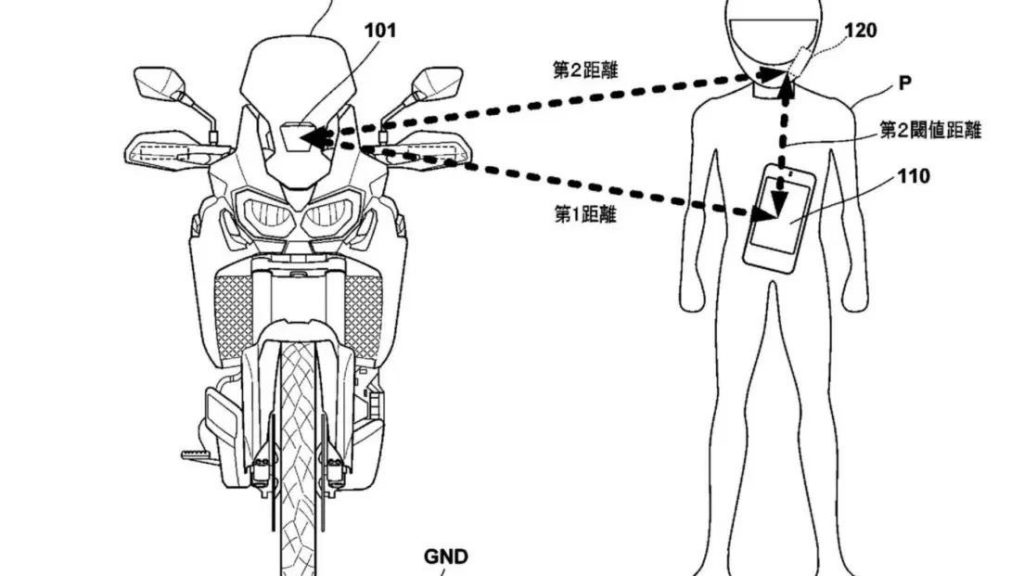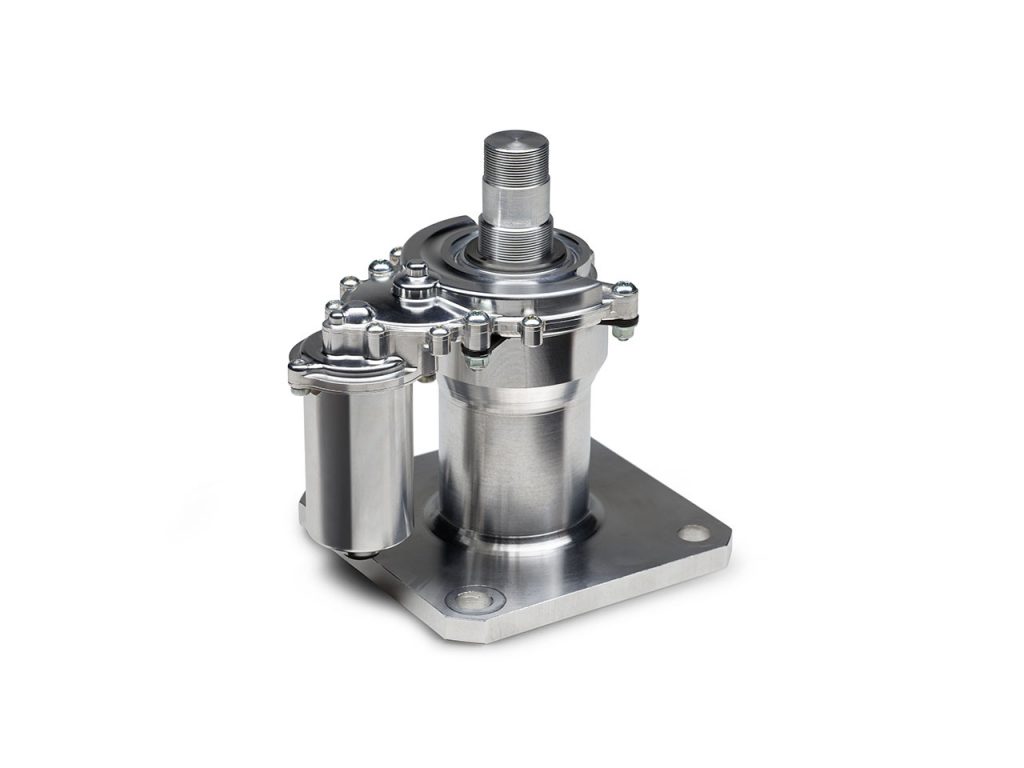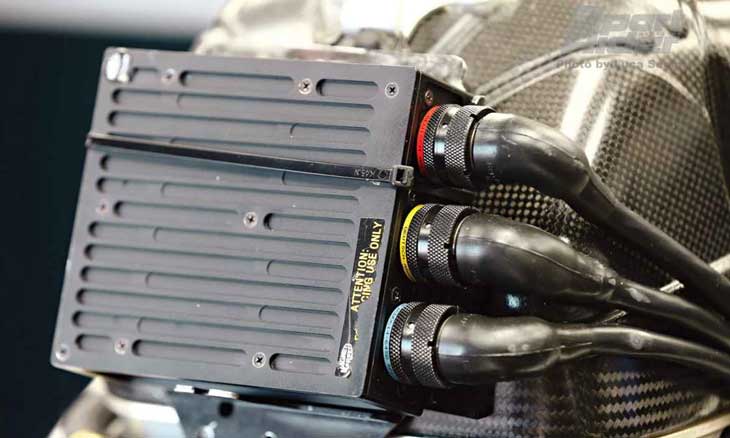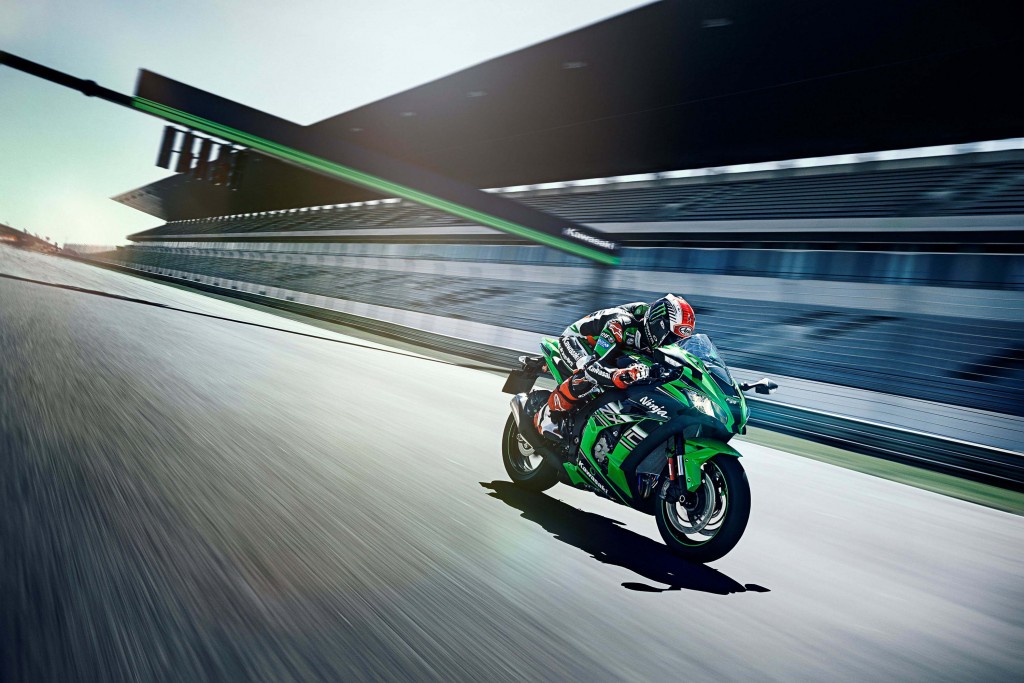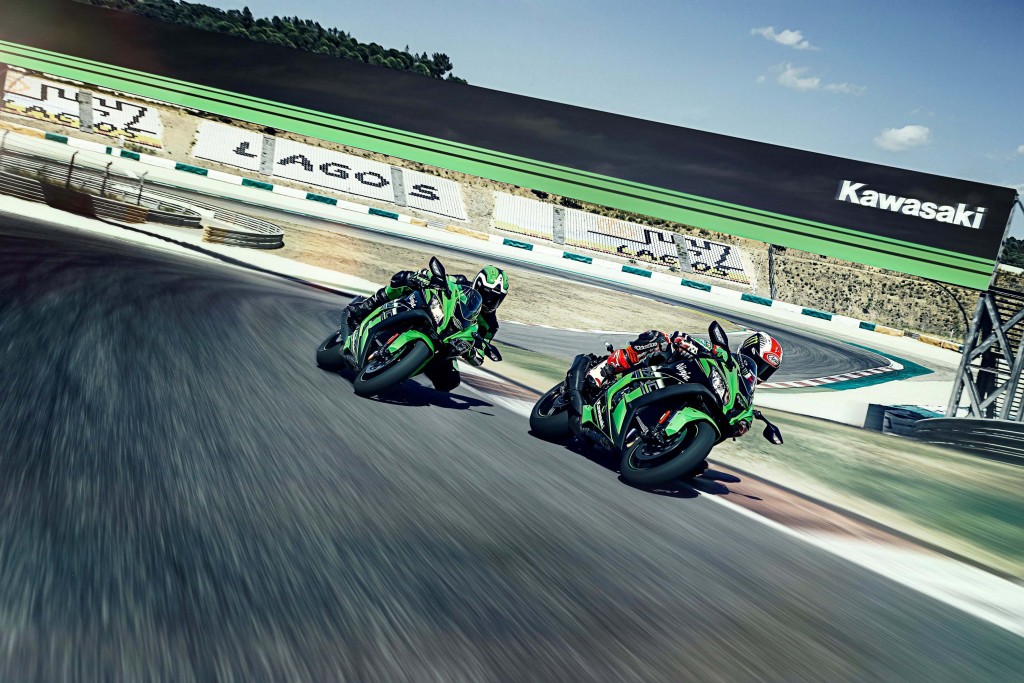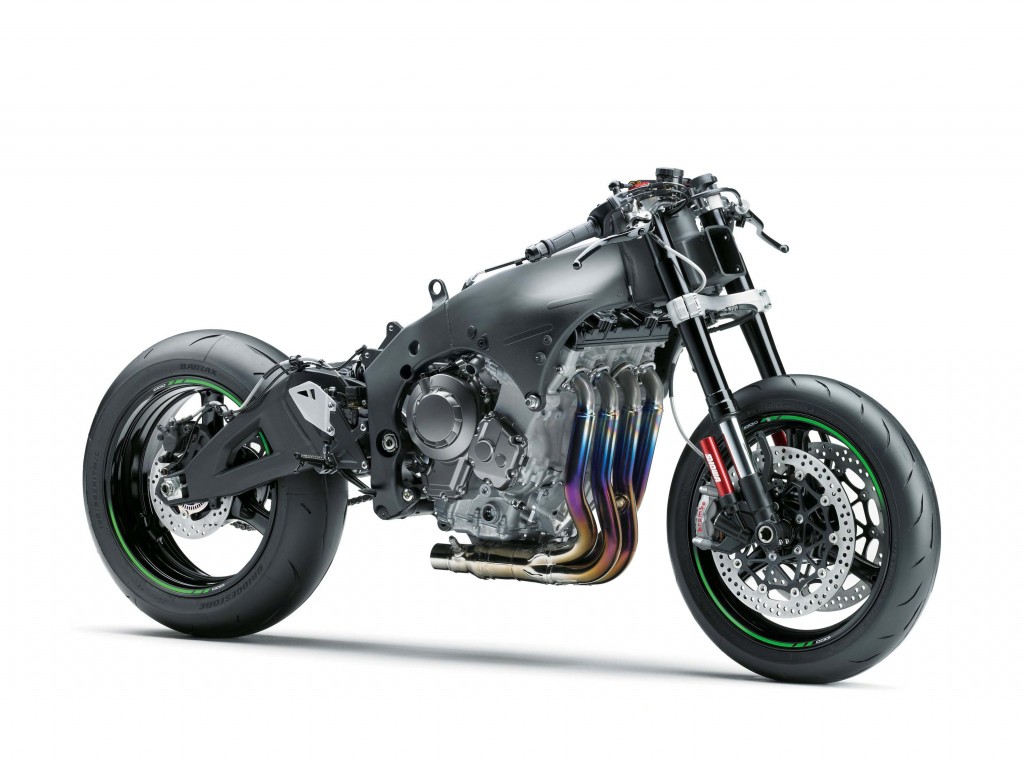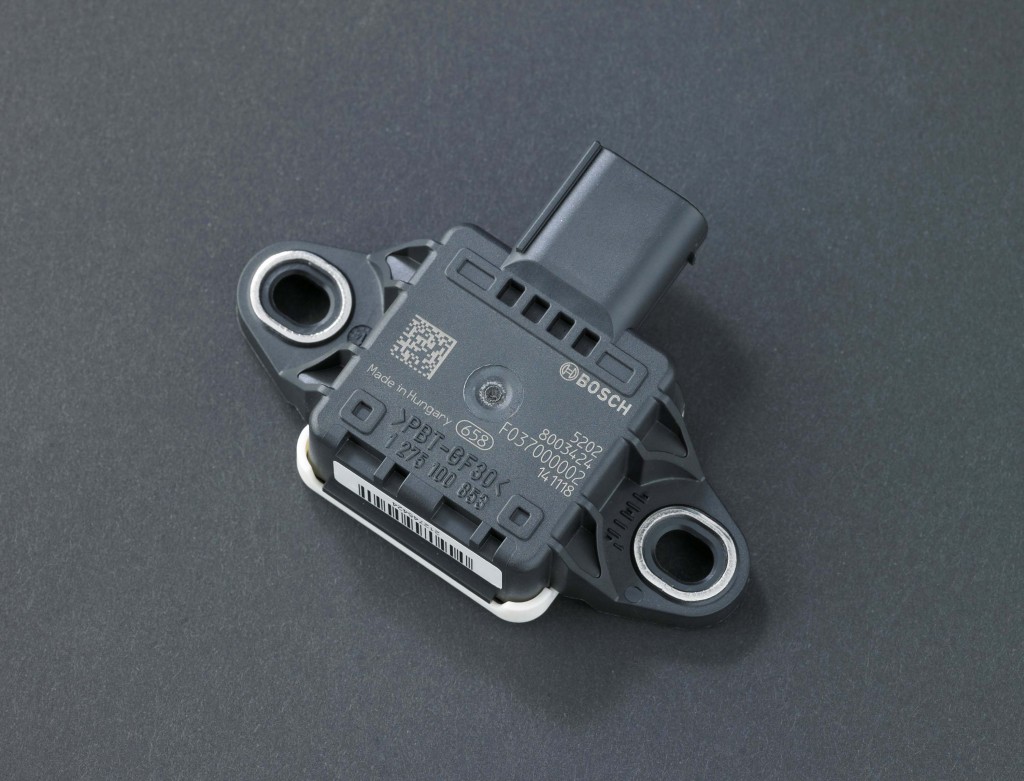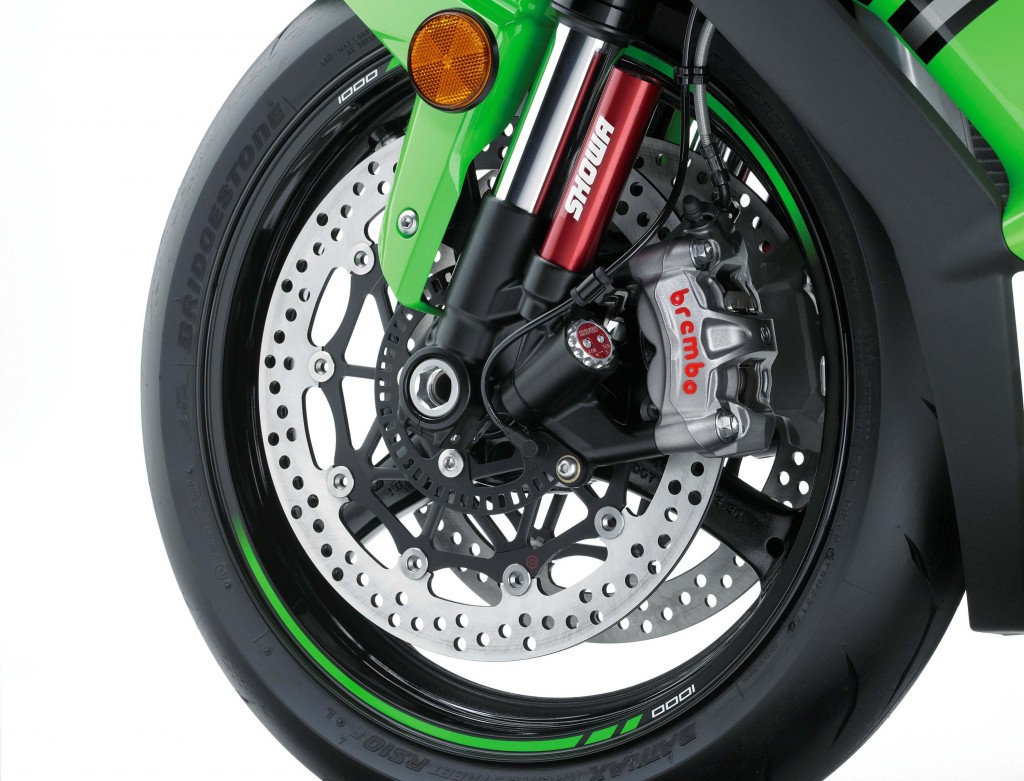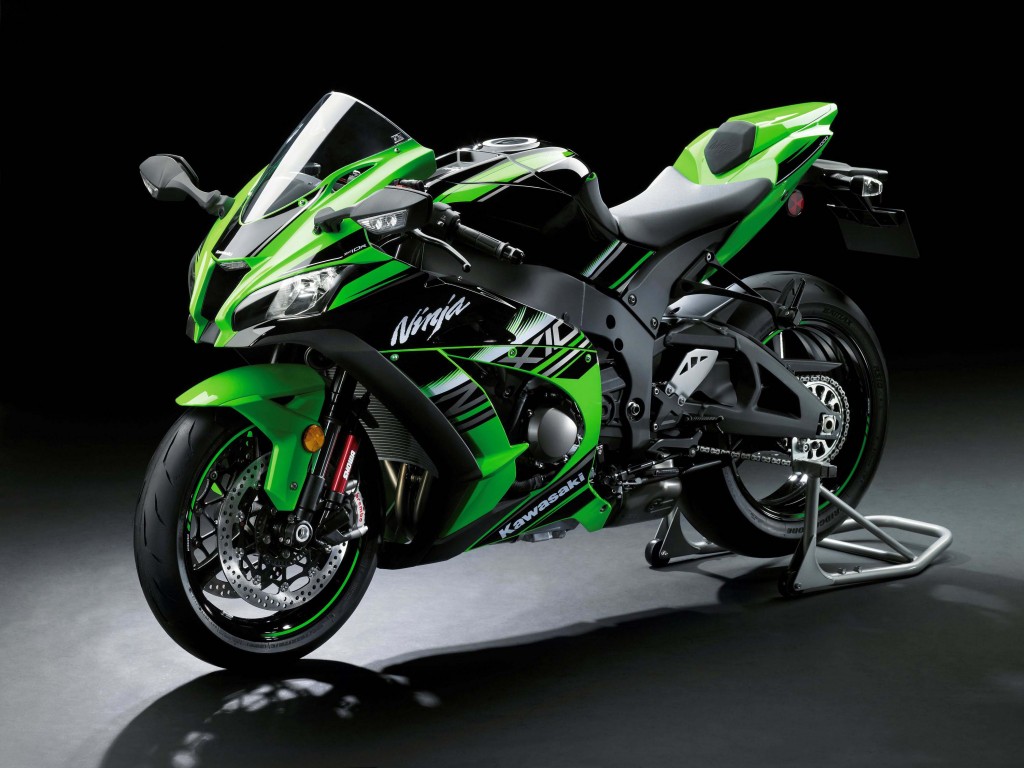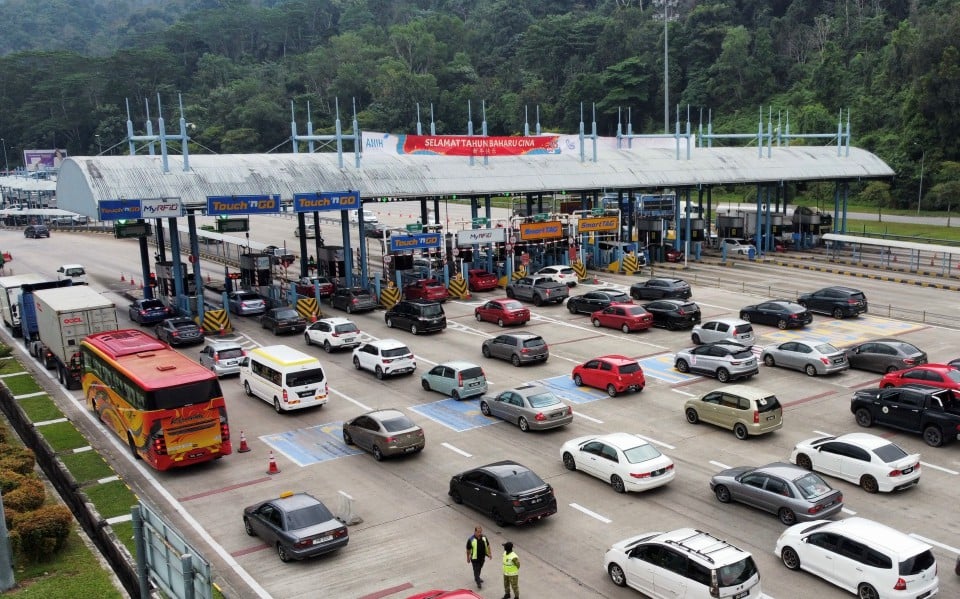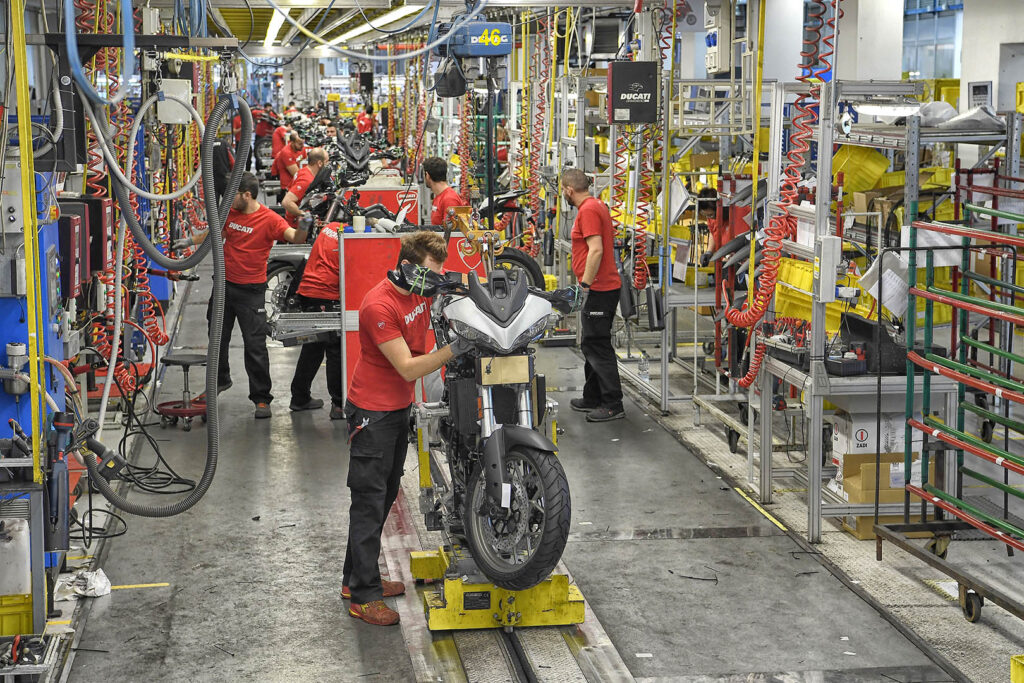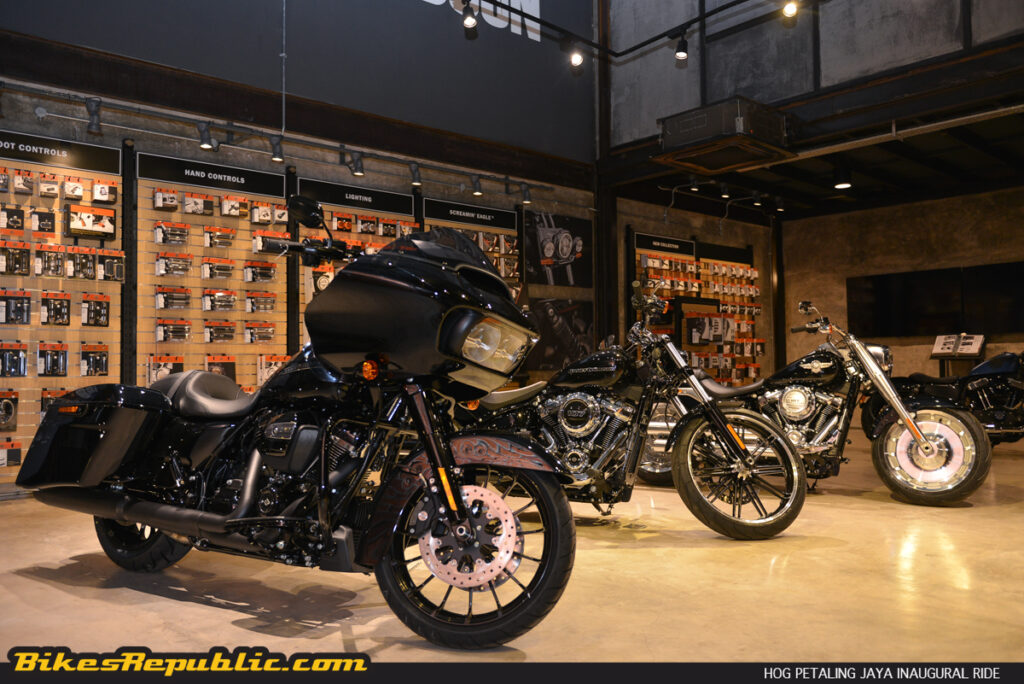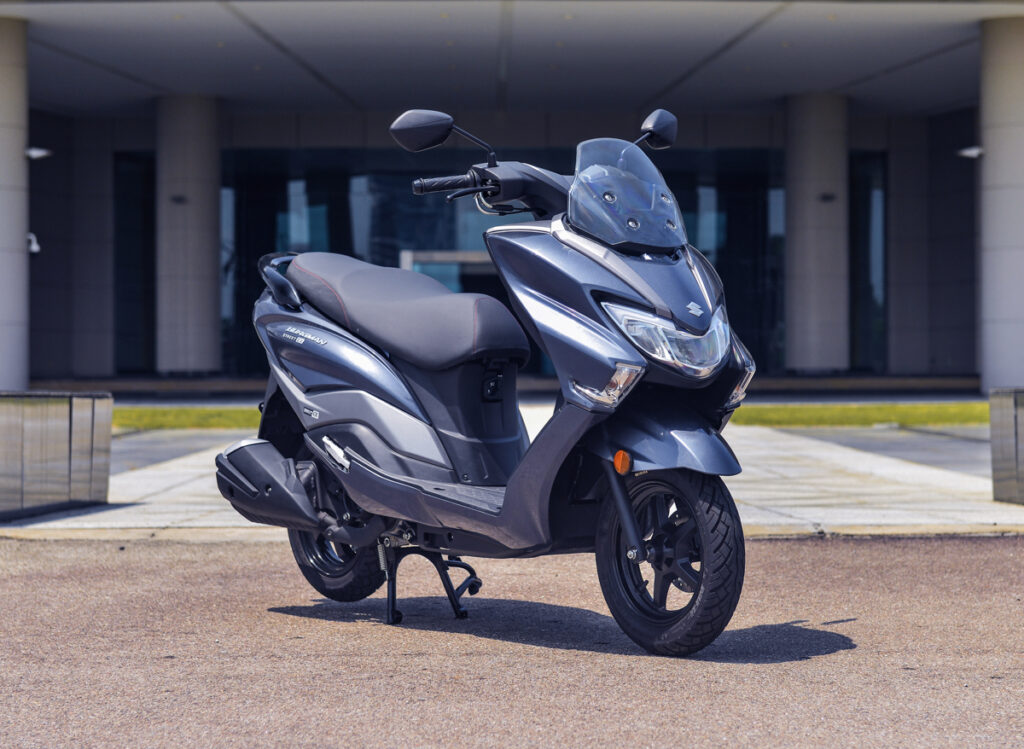Honda is reportedly working on a new motorcycle crash detection system that goes beyond just alerting riders when a crash has occurred.
- Honda is developing a new motorcycle crash detection system that can determine if the rider is unconscious and decide whether or not to call for emergency services.
- The system uses the motorcycle’s IMU and sensors to detect a crash.
- The system can differentiate between minor incidents and serious accidents and has the potential to save lives by quickly alerting emergency services.
The new technology is said to be able to determine if the rider is unconscious or not and decide whether or not to call for emergency services.
The system uses the motorcycle’s IMU and an array of sensors to detect when a crash has occurred. It then links to the rider’s smartphone and helmet-mounted Bluetooth headset to determine if the rider is still conscious or not. Based on this diagnosis, the system will decide whether or not to make an emergency call.
Interestingly, the system is also said to be able to differentiate between a minor incident, such as dropping the bike on its side at a driveway, and a serious accident that requires immediate attention. If the incident is deemed minor, the system will not make an emergency call.
While this new technology sounds promising, questions remain about its accuracy and reliability. For example, if the rider is not wearing a Bluetooth headset, will the system still be able to accurately determine their state of consciousness? Additionally, it will be interesting to see how the system performs in real-world scenarios.
Despite these questions, Honda’s new motorcycle crash detection system is a promising development in motorcycle safety technology. It has the potential to save lives by quickly alerting emergency services when a serious accident has occurred. Honda has not yet announced when the technology will be available to the public.


